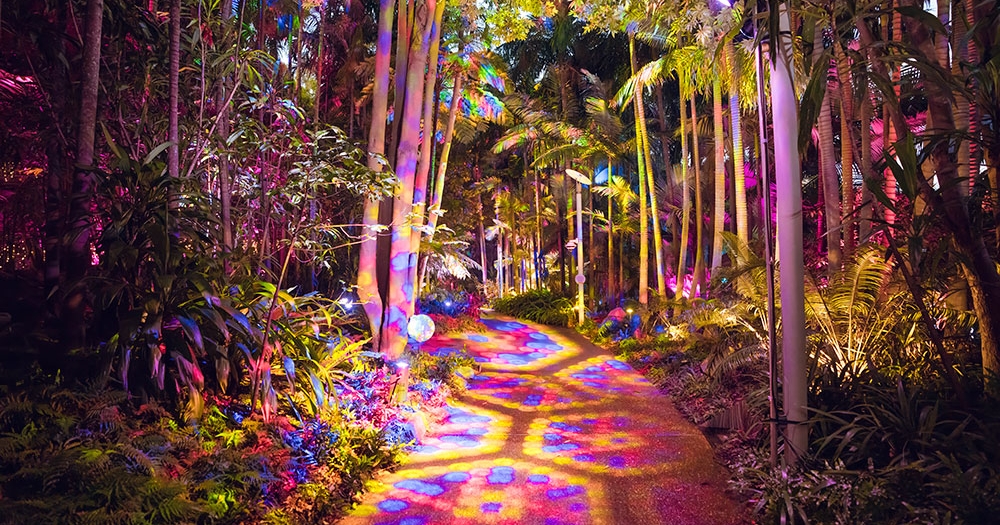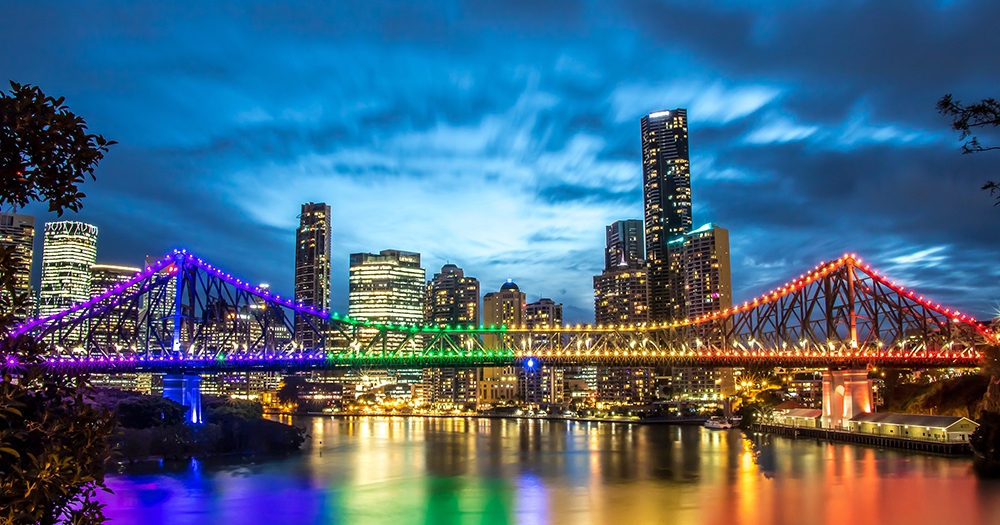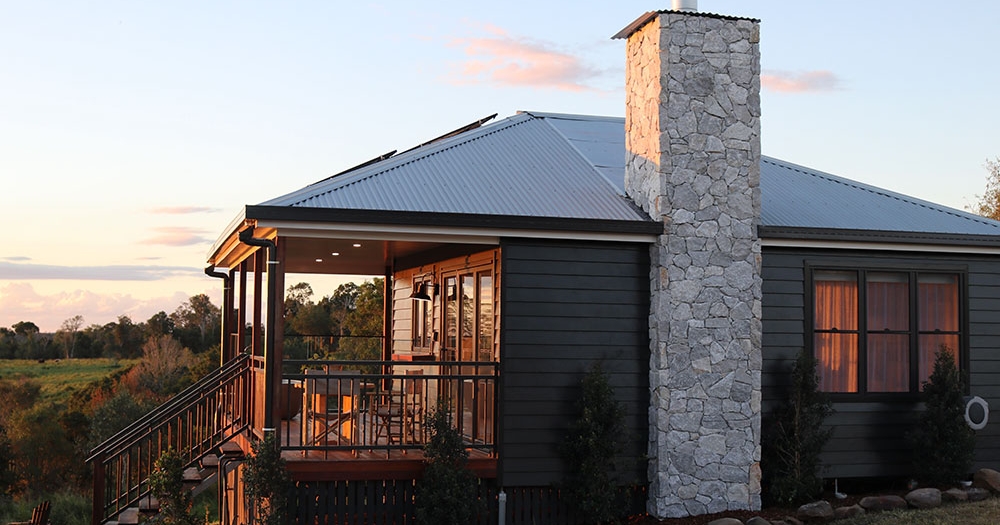Milton Heritage Trail
Milton
Updated: Aug 31, 2025
Historic suburb Milton may have lost much of its early character but there’s still a fascinating stash of secret historical landmark buildings and relics worth discovering as well as a rare insight into its past on this plaque-indicated heritage trail.
The walk, of approx. 2.5km is mostly easy grade (with the odd hilly incline) and starts and finishes at Milton Station.
1. Smith’s Shop – Head towards the river on Park Rd to no 14 - the landmark two-storeyed timber shop. Built in 1888 by horse-drawn cab proprietor Thomas Smith and wife Agnes, it is a typical example of a 19th storey shop and residence found in this area at a time when Park Road was a low-key mix of small businesses and houses. During the years it has been home to a grocer, a confectioner, hairdresser and a variety of restaurants. Image Below

Smith's Shop, 14 Park Rd Milton
2. Savoir Faire – Love it or hate it, the European-style precinct with its mini Eiffel Tower, rattan chairs and faux cobblestones has played a significant role in Brisbane’s history, having opened at the time of Expo ’88 and wearing the crown of the city’s very first al fresco dining precinct.
3. Milton House – Cross Park Rd after Mary Ryan’s and turn left and veer past the tennis court. Here stands one of the oldest residential houses in Brisbane - Milton House. It was built in 1852 by Ambrose Eldridge, a Queen St chemist, who purchased 30 acres on the riverfront in 1851 in order to establish a cotton farm. His endeavour was successful, the crops won an award and he sold it to pastoralist John Frederick McDougall in 1856 in order to establish another in Eagle Farm (which was not successful and he died penniless in 1860). Image below

Pic: Milton House
4. Salvation Army Rescue Home – Back on Park Rd, around where China Sea now stands, was a two-storeyed timber house, built by the Salvos in 1888 as a refuge for young destitute and ‘fallen’ women (including single pregnant mothers), housing up to 24 women at a time and providing everything from midwifery services to practical training in domestic skills.
5. John Oxley Landing – Continue to corner of Coronation Drive. Somewhere close in this vicinity that explorer John Oxley and his expedition crew set up camp for the night in 1824 during his quest to find possible settlement sites at the behest of Governor of NSW Sir Thomas MacDougall.
6. Cook Terraces – Turn the corner onto Coronation Drive - the line-up of terraces facing the river was built in 1888-89 for Joseph Blain Cook as prestigious rental properties that were home to some prominent citizens and a politician. They are one of only a few terrace rows that remain from that era. (Wilsons on the River Champagne & Oyster Bar on top of the corner one is one of Brisbane’s best little secret bars). Image below

Cook Terraces, Coronation Dr, Milton
7. Milton Floods – Follow Coronation Drive along for half a block to the plaque recalling the history of flooding in this riverfront suburb, from the catastrophic 1893 floods and devastation of the 1974 and 2011 floods when the floating restaurant/champagne bar ironically named Drift, broke from its moorings nearby and swept along the river to its demise.

Pic courtesy of SLQ Library. Milton in the1893 flood
8. Coronation Motel – Continue further along until the next plaque depicting one of Brisbane’s iconic motels, built in 1964 (an architectural landmark that was for many years the tallest building in Milton) and affectionately known as The Coro. The in-spot for weddings and other functions, it was also a hip place to stay, with international guests including Luciano Pavarotti and Boy George. It was demolished in 2002 and The Coro Residences are now in its place, with The Coro cafe in its base.

Cornotaion Motel - Pic courtesy of Queensland Places.com, Centre for Government of Qld
9. John Hicks Ltd – Heading further towards the city the plaque on the corner of Coronation Drive (x-River Road) and Cribb St denotes the spot where in 1911, on a block that covered an acre, Brisbane furniture manufacturer built his sprawling showroom that was the in-place to see and buy his signature quality ‘Hixco’ furniture finely crafted from Qld timber. John lived from 1890 in a grand sprawling residence ‘Bunya Bunya’ next door to the factory site, until it burned down in a fire in 1893, taking with it his prized collection of personal furniture that was believed to be the finest in Brisbane at the time.
10. Cribb Street Terrace Houses – Turn left into Cribb St. Unlike their Cook Row counterparts around in Coronation Drive, 2 sets of terrace houses that used to be here were demolished in the 1960s to make way for industrial buildings. The first, a set of 8 all with back yards and stables, was built in 1887-90 and each of them had its own individual name such as Mimi, Rosella and Barcoo. The second was a smaller row of 4 3-storey brick terraces with smaller back yards and no stables, was called ‘Hobart Terrace’.
11. Milton Sanitary Disposal Unit – Cross over Cribb St, turn left and cross Little Cribb St to where there are currently some condemned buildings. Here, on the site of a rum distillery that was here from 1871-1900, the Disposal Unit was established in the early 1900s in response to the needs of the Milton Estate (a bunch of some 50 worker’s cottages – a few of which still exist - in the area bounded by Cribb St, Coronation Dr, Railway Pde and Park Rd ). Almost 50% of these cottages were disposing of night soil in their backyards and during downpours it was being washed up into the nearby streets and river, necessitating the depot. By 1949 it had been relocated due to protests from locals.
12 & 13. Milton Tramway Workshops and Milton Industry - Head down little Cribb St, where 2 plaques mark the spots of: the Milton Tramway Workshops, which were established in 1930 and comprised the workshops themselves, car sheds and admin offices and: Milton’s industry, which thrived in the area in the 1940s and included Morrow’s Biscuit Factory (later acquired by Arnott’s) famous for its crystalised cocoanut bars.
14. Lang Park & Christ Church – Continue a little way further along Little Cribb St and take the pedestrian path to the left before Boomerang St – this leads to Milton Rd. From here head back towards the XXXX Factory and take the pedestrian bridge across to the back of Suncorp Stadium. Veer to the right towards the church spire of Christ Church and take the ramp down to it. Behind the church is a tiny graveyard, the pocket-sized remains of North Brisbane Burial Grounds, Brisbane’s first free settler cemetery. Established in 1843 it was closed in 1874 after concerns by residents re hygiene and more than 130 graves & memorials were relocated to Toowong Cemetery. The quaint timber Christ Church was built in 1891 after the previous stone church was irreparably damaged in a storm while Lang Park was the name given to the memorial reserve-turned recreational reserve where the stadium now stands. In 1955 it was taken over by QRL who built some wooden stadiums on site and the rest is history. Image below

Christ Church Milton
15.World War II Air Raid Shelter – Retrace steps back to Little Cribb St all the way to Cribb St and turn right. After the railway bridge cross the road and head back under it on the other side, turning right into Railway Pde. About halfway along is an old air raid shelter converted into one of Brisbane’s best coffee nooks, Bunker. It was one of hundreds of air raid shelters that were once dotted all over Brisbane and a few still remain, mostly as bus shelters.
16. XXXX Brewery – Head to Milton Station and take the underpass to the other side of Milton Road. Here is Brisbane’s iconic beer temple, housed in a gargantuan Moderne building, with its 1924 sign Mr Fourex sign winking at passing motorists 24/7. A brewery has occupied this site since 1878 when the first Castlemaine building was built near the Milton Distillery.
XXXX Brewery
17. Bishopsbourne – Saving the best for last, do an about face and walk a few steps back away from the city and take the masonry 1876 built gates beside the brewery up the driveway to the secret hilltop place surrounded by trees. Today, in the grounds of the St Francis Theological College feature building the 1860’s built brick Bishopsbourne (sadly, not open to the public) still imposes with its gothic arches (see top image) and behind is the gorgeous Robin Dods designed stone chapel, which dates from 1912. Meantime the arts and craft style timber buildings ringing Bishopsbourne were built in the 1930s to accommodate St Francis students.

Robin Dods-designed chapel C1912
Take the exit to Baroona Rd and from there head to Milton Rd, taking the underpass tunnel again to Milton Station.
This heritage trail is an initiative of state and local government.
Meander Through Milton
Heritage Trail
Milton
Milton Station














